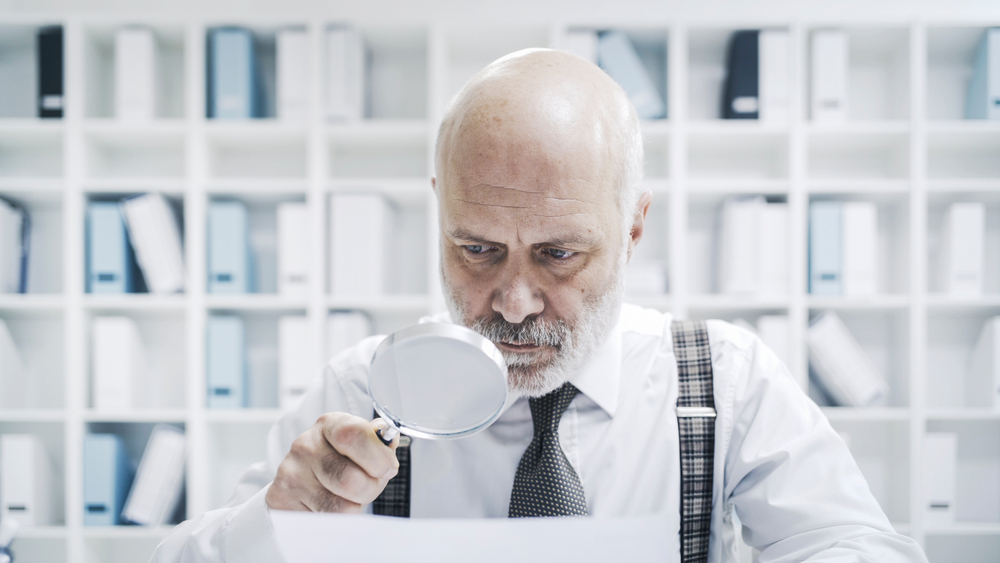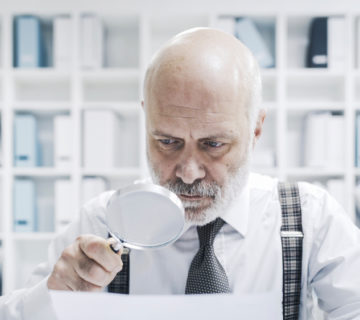Lawyers know better than most that the devil is in the details: One tiny error in a contract can overturn a multimillion-dollar deal. That is why paralegals and lawyers themselves are usually natural proofreaders, as they devote much of their precious time to reading piles of documents with an eye of an eagle.
If you ask any proofreaders, they will tell you, it’s priceless to have another person’s perspective and a fresh set of eyes to catch errors you might overlook. That is also why it is important to have proofreader to go through every submitted document. It is found that it greatly lessens the chances that a mistake will slip through.
What is Legal Proofreading?
Legal Proofreading is the process of reading and reviewing a complete written document of any legal stream for grammar, spelling, formatting mistakes and typos.
In other words, Legal proofreading, it is a term, used, when a legal professional works with any law firm’s proofreading documents and compares them against the documents. The prime job or responsibility of a legal proofreader is to look for errors in spelling, grammar, punctuation, consistency, flow, referencing and terminology of the documents and must also know about the methods and ways of legal writing.
Legal proofreading requires the keen knowledge and compatibility of both skilled and practised lawyers and trained proofreaders as well. A skilled legal proofreader delivers an exceptional legal proofreading and excellent editing facilities to those who are studying law or currently working in any legal niche or even to those quasi-legal services or offering legal.
Proofreading – Tasks to Do!
It is imperious, for the profile of legal proofreading, to be much educated and well-informed of relevant practices and legal field.
Legal Proofreading guarantees its clients that all the submitted documents are proofread by editors/proofreaders only, who have legal and editing experience and qualifications. A huge number of legal practitioners and former lawyers in any area of the law usually offers these legal proofreading consultancies or services.
Proofreading Techniques and Tips
Proofreading the work wisely can help in catching complex errors and rightly correcting them before any publishing. It will also help in guaranteeing that all appropriate style guidelines have been correctly followed.
Here are a few proofreading tips and techniques that help with the process:
Check the Content
Before beginning the proofreading, get all the content right. First of all, revise the bigger aspects of the documents and make sure that all the ideas and arguments have included. Check the focus, development and organization of the whole paper. Overview editing is an important thing to grasp if the writing flows fine and the label and introduction are appropriate. Eradicate all unnecessary words.
Get a Printout
Having a hardcopy while proofreading, is much more operative and easier than working on any screens. It is definitely true, that computer functions can help in spotting mistakes quickly, but it can make many errors ignored, at the same time. For example, a “spellcheck” option can identify spelling errors, but when it comes to the words like “you’re” or “your” and “their” or “there”. While proofreading from a printout can help in spotting such errors that are most likely missed in the digital versions.
Make Changes
While working on the electronic version, change the type, font, spacing, style or colour of the text. It could help in getting a changed perspective on what have written already. The “search” function on a computer can also help to find errors.
Avoid Disturbances
Try to proofread in some noiseless environment, where no one disturbs i.e., phone, background chatter, conversation and so on.
Read Aloud
After finishing the writing, read the piece out loud. This not only assists with grammar mistakes but in identifying wrong word placements, missing information, gaps, and repetitive words too. By saying or forming the words, you can hear and see spelling mistakes as well, bad grammar, faulty sentence construction and poor punctuation. It can, therefore, help in proofreading more accurately.
Use A Colored Pen
For all the alterations, never use a pencil, but use colour pens. It will help in getting the amendments more quickly.
Proofread Every Section One by One
If the document is very long, then break it down into small sections and try to focus on one section at a time. it will make your tasks handier. Concentrating on one section will make it much easier to identify all the errors.
Proofread the Document 3 Times
Proofread the documents at least 3 times for as you will see different errors each time. For example, in the first time you will see grammar, spelling and punctuation; the second time you will see for formatting and inconsistencies in style and third time if everything makes sense, then leave the document and finalize it.

